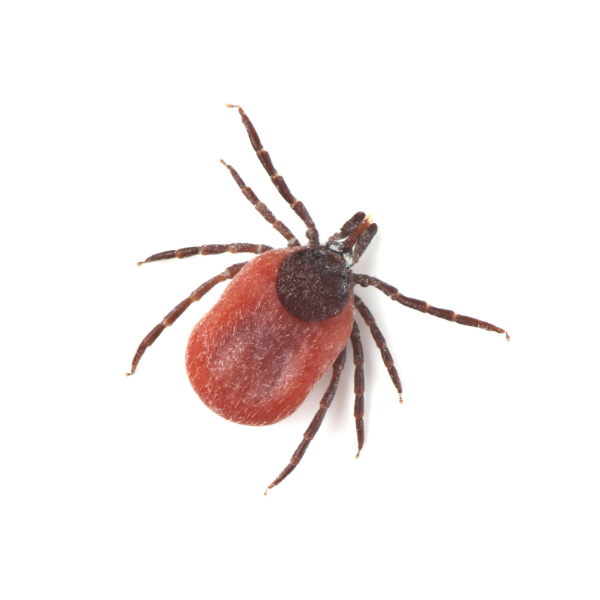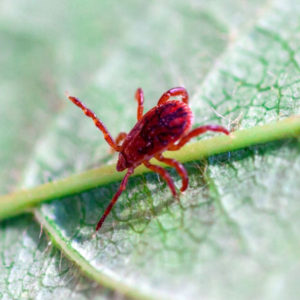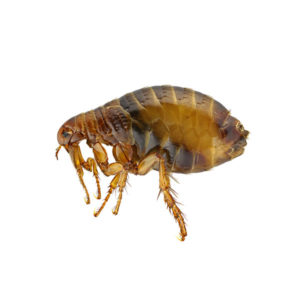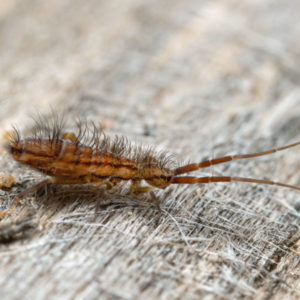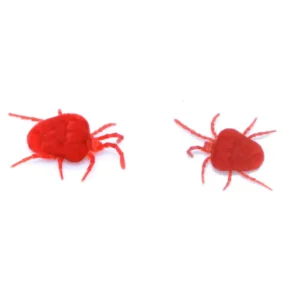Deer Ticks in Memphis TN Metro Area
Deer ticks, also called blacklegged ticks, are the main carriers of Lyme disease in the United States. They are widely spread throughout the eastern part of the country, particularly in humid forests with deciduous trees. The presence of these ticks largely depends on the availability of their reproductive hosts, which are white-tailed deer. Both the nymph and adult stages of the ticks can transmit diseases like Lyme disease, Babesiosis, and Anaplasmosis. In 2018, there were around 23,558 confirmed cases of Lyme disease, making it the most prevalent disease transmitted by ticks in the United States.
Deer Tick Habitat
Deer ticks thrive in shady and damp locations close to the ground. They attach themselves to tall grass, brush, and shrubs, typically within 18-24 inches above the ground. These ticks can also be found in lawns and gardens, particularly near the edges of wooded areas or around old stone walls. You won’t usually find deer ticks in the middle of your lawn; they prefer yards that are adjacent to wooded areas. They can also inhabit ornamental plantings, gardens, or any environment that provides shade and high humidity.
Deer Tick Behaviors, Threats, or Dangers
Deer ticks are capable of biting, and the highest risk of being bitten occurs during the spring, summer, and fall seasons. However, adult ticks may actively search for a host whenever winter temperatures are above freezing. The stages of ticks most likely to bite humans are the nymphs (young ticks) and adult females. To minimize the risk of being bitten, it is recommended to use an insect repellent that contains an EPA-registered ingredient like DEET. Additionally, wearing long-sleeved shirts and pants, preferably in light colors to easily spot ticks, and tucking pants into socks can provide further protection against tick bites.
If you are dealing with deer ticks, it’s important to always enlist the help of a professional tick & mite control expert.

